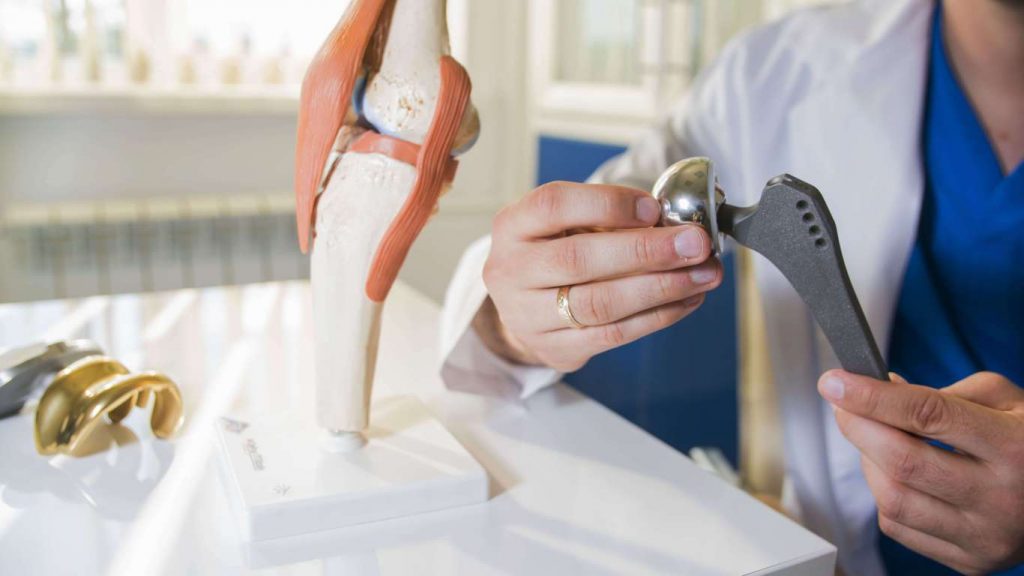Surgeons use Orthopedic surgical instruments, which are particular equipment or devices that are critical for performing surgical, medicinal, and other specialised tasks. Surgical instruments are essential in the medical business. A wide range of biological components and tissues may be seen, modified, and analysed with the use of these tools. There are several surgical tools that are used in a variety of surgical operations and are intended for general usage.
Orthopedic implants are medical devices that are used to stabilise and fixate the bones in the body. They are also used in the replacement of articulating surfaces in various joints throughout the body. There are several bones and joints that may need repair as a result of an accident, sickness, or just wearing out over time. Orthopedic implants are devices that are used to strengthen or completely replace broken bones or joints in the affected area. Orthopedic instruments manufacturers supply a variety of orthopaedic equipment for use by surgeons and paediatricians who perform surgery on patients suffering from disorders of the musculoskeletal system. In addition to surgical treatments, other orthopaedic devices are used for non-surgical procedures such as musculoskeletal trauma, sports injuries, infections, and other similar conditions. With an all-in-one arrangement, you can maximise material consumption while also simplifying delivery and reduces the size of the package for simpler storage.
In the field of orthopaedics, what exactly is an implant?

Orthopedic implants, as the term implies, are a technique that involves the replacement or provision of fixation of bone or the replacement of articulating surfaces of a joint via the use of medical surgical procedures. The goal is to stabilise a specific joint, allow for proper mobility, and help the patient avoid the development of orthopaedic disorders in the future.
The following are examples of orthopaedic instruments:
- Osteotomes are instruments used for cutting and preparing bone.
- Bone Cutting Forceps – These forceps are used for cutting and removing bones during orthopaedic surgical procedures.
- Gigli Saws are flexible wire saws that are used by surgeons to cut through bone. Amputations are the most common use for this procedure.
- Plate benders are instruments that are used during bone fracture surgery to bend a plate into the proper form.
The need for Orthopedic implants
The cartilage that surrounds the bones is responsible for the smooth operation of joints. Degenerative joint illnesses, such as osteoarthritis, are characterised by the breakdown of cartilage and the resulting friction between moving bones in a joint. When there is movement in a joint, this may result in a great deal of pain and suffering. Aside from genetics, excessive weight and other factors may also contribute to cartilage degeneration. Orthopedic implants may be recommended by the doctor if previous therapies have failed to alleviate the symptoms of the illness.
Orthopedic instruments manufacturers are one of the most reputable manufacturers, producers, and exporters of a comprehensive range of Orthopedic Instruments, which is frequently used in spinal procedures and is one of the most popular products. Orthopedic and neurosurgery doctors make substantial use of these devices. All of the products are created in our state-of-the-art facilities utilising the most up to date technology. According to international standards, they maintain high quality standards and employ the best surgical-grade stainless steel and titanium available on the market. These are made available to distinguished consumers at pricing that are competitive with the industry. Designed with the latest technology and features, these products are available in a variety of configurations to fit the individual needs of our customers. They are well-known for having characteristics like as solid structure, durability, flexibility, and dependability, as well as the fact that they give long-lasting service.
Features:
- Finishing touches that are faultless
- Performance that can be relied on
- Exceptional tensile strength